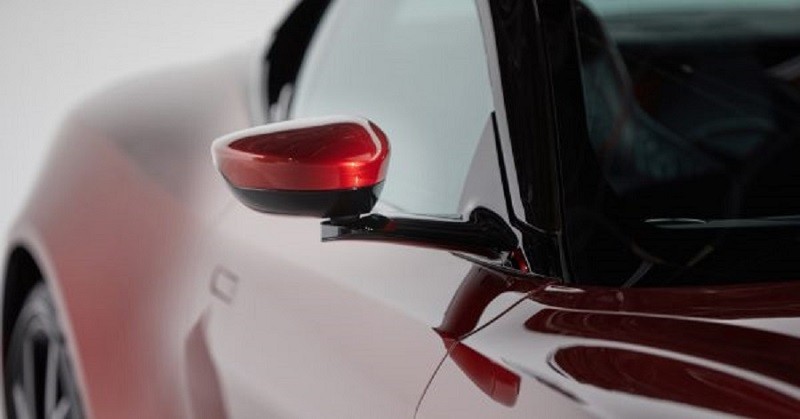The automobile world has undergone a lot of changes over the year but car mirrors haven’t changed much since, well, forever, and over the years, cars have only gone from zero to at least three mirrors in less than 100 years.
But, technology is ready to change those tried-and-true, rear-looking mirrors and is coming up with some exciting stuff.
Gentex which is an automotive supply company and Aston Martin are partnering to develop a new camera monitoring system for the future Aston models which will combine traditional mirrors with a robust and flexible camera system.
The two have collaborated on the design with Aston for providing styling and engineering direction.
Gentex has performed the task of integrating the cameras, software, and mirror-integrated display. Gentex has also partnered with Lumatech to engineer the exterior mirrors.
Though a full-camera setup is possible Aston is opting for a hybrid system through which drivers could use their vehicle’s traditional mirrors.
This also gives drivers the option to customize the viewing experience according to their preference, using cameras or mirrors.
The key to Gentex’s camera system is the Full Display Mirror, which can function as a standard auto-dimming rearview mirror or an LCD according to our needs.
The system allows the system to meet the field of view regulations set by different government agencies throughout the world because of the use of flat or curved glass, depending on the location.
 The cameras move when the view of the traditional mirror is readjusted.
The cameras move when the view of the traditional mirror is readjusted.
The new camera technology by Aston and Gentex will showcase in the Aston Martin DBS Superleggera at CES in Las Vegas, which will start next week on January 7.
However, it is not the only place to see the technology. Gentex began shipping its Full Display Mirror for Aston which was used in the DBS GT Zagato the automaker which was revealed earlier this year.
It will be a long time, if ever until the time comes when cameras replace traditional mirrors on vehicles.
Hybrid systems that leave the conventional mirror as a fail-safe will be the norm until the new technology becomes reliable and safe enough for automakers and consumers to ditch traditional mirrors.
It is possible that by then autonomous cars will rule the road, and mirrors will become irrelevant.


